
The flotation process is a process in which ores, chemicals, and gas adhere to each other during the separation process. The adhesion (mixing) of the ores and chemicals can be achieved through the stirring tank, and then the air and air enter the flotation machine and have already How can minerals and medicines that are attached and mineralized to each other better adhere to each other, and then realize the process of separation as the foam rises.
Priority flotation, mixed flotation, partial mixed priority flotation, equal flotation, asynchronous flotation, branched series flotation, flash flotation, rapid flotation

15311826613
Click to add WeChatThe flotation process mainly includes grinding, slurry mixing and dosing, and flotation separation. And the dehydration process of foam products and tailings products after flotation.
Grinding: Generally before entering flotation, the minerals need to be ground to an optional particle size through grinding equipment such as a ball mill, rod mill or autogenous grinder. Range (ground to -0.1mm). If the mineral particles are too large during flotation, the mineral particles will easily fall off, or if the mineral particles are too small, they will easily adhere to the surface of the coarse particles, reducing the flotability of the coarse particles, which will reduce the flotation efficiency. Therefore, grinding The mine needs to determine the grinding particle size based on the actual conditions of the ore (too coarse means greater than 0.1mm, too fine means less than 0.006mm).
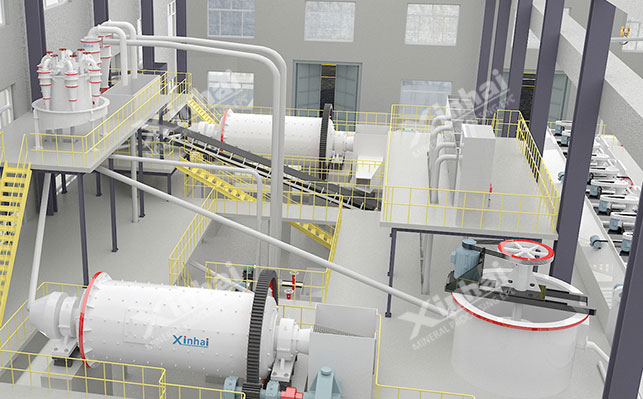
Slurry mixing and dosing: According to different ore properties and different mineral particle sizes, determine suitable flotation reagents, and mix the reagents with the ore slurry to change the minerals The physical and chemical properties of the medium can be used to expand the hydrophobicity between flotation minerals to facilitate subsequent separation operations.
Flotation separation:After adding chemicals and stirring, the slurry enters the flotation machine and passes through the blower device (or the flotation machine has its own air suction function) to form a large number of bubbles in the flotation machine, allowing useful minerals or gangue minerals to adhere to each other and float up with the bubbles to achieve flotation operations (the components of the flotation operation process are: Rough selection, sweep selection, selection, etc.).
Concentrate/tailings dehydration:Use various concentration and dehydration equipment for the floating concentrate (gangue or other minerals during reverse flotation) and bottom tailings Complete different stages of dehydration operations.
Common flotation processes include priority flotation, mixed flotation, partial mixed priority flotation, equal floatation, branch flow, and flash Flotation, rapid flotation process.
The priority flotation process is a method of selecting useful minerals in sequence. When the processed minerals contain two or more useful components (polymetallic Minerals), using preferred flotation, first select one of the useful minerals, suppress the other useful mineral, and then activate the suppressed mineral for flotation. It is mostly used when the particle size of the inlay is relatively coarse, the content of useful minerals in the mineral is high, or the flotability difference between useful minerals is large, the priority flotation process should be used.
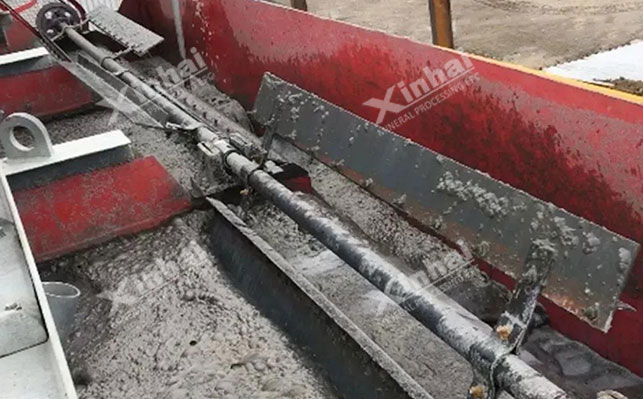
When the mineral contains two or more useful minerals, the mixed flotation process first flotates various useful minerals together, and then Separation flotation process. It is mostly suitable for polymetallic ores with low mineral grade and useful minerals embedded in aggregates.
This process is based on preferred flotation and mixed flotation, and is a process for flotation based on the characteristics of the ore. Among the minerals to be flotated, some minerals inhibit other minerals, and then activated flotation is performed. Mixed flotation is performed first, and flotation is performed sequentially. It is mostly suitable for minerals in which the floatability of several useful minerals is close to each other and where the floatability of several minerals is quite different.
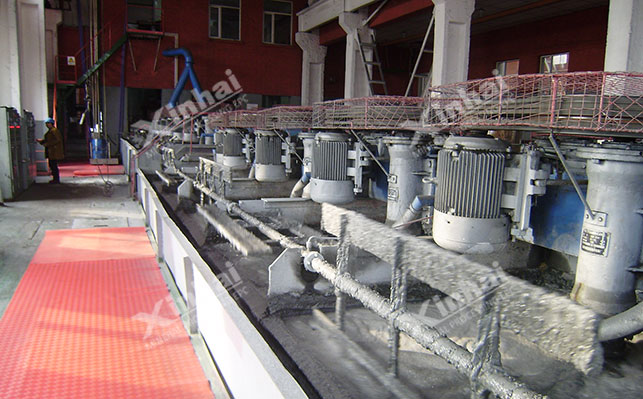
Equal flotation divides the flotation order according to the flotability (sameness or similarity) of minerals. Useful minerals are divided into It is divided into two parts: easy to float and difficult to float, and then flotation is carried out according to the degree of difficulty. Mostly suitable for processing the same minerals.
This process completes flotation on the basis of other flotation processes. It is mainly flotation based on the differences in ores, or based on The concentrator conducts flotation according to the special requirements of the product. It is mostly suitable for minerals whose raw ores are mainly lead and contain less sulfur.
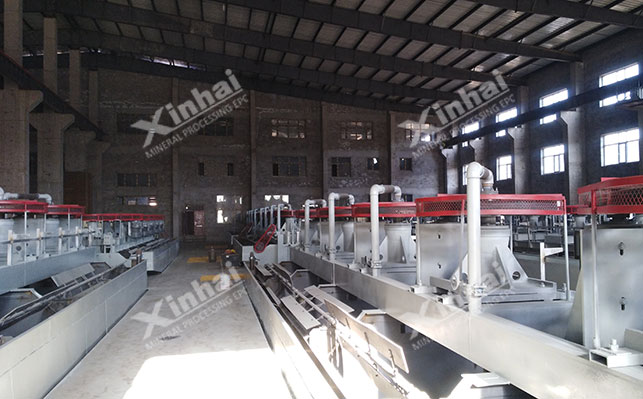
Branched series flow flotation is to first divide the raw ore pulp into two or more streams, and the foam roughly selected in the first stream and the subsequent stream are A stream of raw ore pulp is combined and roughly selected, and then appropriately "connected in series" and equipped with a corresponding pharmaceutical system. It is mostly suitable for plants with more than two flotation series.
This process is a process of adding single tank flotation in the grinding circuit. Before conventional flotation, a part of the Qualified concentrate, the purpose of this process is to reduce losses caused by excessive wear. It is mostly suitable for embedding sulfide minerals with uneven particle size and containing precious metals.
Fast flotation uses a shorter flotation time according to different particles of minerals (according to differences in mineral flotation speeds). Fast mineral selection. It is mostly suitable for minerals with uneven particle size distribution and the need for regrinding (coarse concentrate or medium ore).
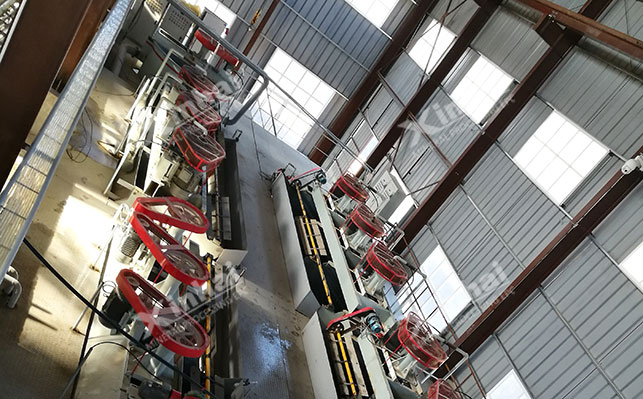
The above introduction is only for common flotation processes. In addition, there are forward flotation, reverse flotation, etc. The flotation process has a wide range of applications and good separation indicators, and can be suitable for the separation of various metals and non-metallic minerals. Therefore, when selecting a flotation process, it should be targeted based on the characteristics and usefulness of the ore, the elemental composition of the gangue, etc. Do not blindly copy or make decisions on your own when choosing a site. This will not only cause a waste of resources, but also damage the economic interests of the plant.